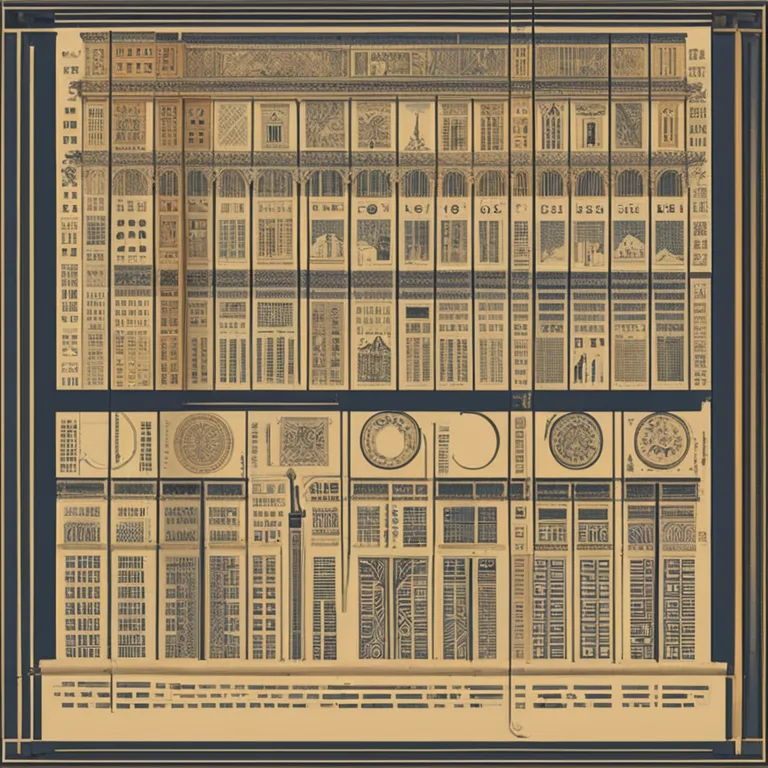
The Ancient Art of Palmistry: Tracing Its Origins
Discover the ancient practice of palmistry, its historical journey, and the civilizations that shaped its evolution in this comprehensive overview.
article by Nora Pennington
A Storied Beginning
Palmistry, or chiromancy, is an ancient practice that predates many civilizations. Rooted in the belief that an individual's palm holds the key to their life's path, the art has been traced back to over 5,000 years ago. The earliest evidence was found in the cultural repositories of India, from where it is believed to have spread to China, Egypt, and ancient Babylon. These initial societies shared a common belief in the significance of the human hand, viewing it not just as a tool but as a window into a person's character and future.

From Divination to Documentation
Palmistry's journey through history reveals a transformation from mystical divination to a codified practice. The work entitled "The Laws of the Sciens of the Hand" by Aristotle, documented by his student Alexander the Great, is an early example of a more scientific approach to palm reading. This documentation suggests that by the time of the Greeks and Romans, palmistry was transitioning from folk tradition to a more structured study, evolving as it melded with astrological practices.

Medieval Mistrust and Renaissance Rebirth
The Middle Ages brought considerable skepticism towards palmistry, with the church condemning it as a form of sorcery. However, the Renaissance period experienced a renewed interest in humanism and the esoteric arts, including palmistry. As a result, palmistry resurfaced, incorporating hermetic philosophy and the doctrine of signatures, which posited that the human body was a reflection of the cosmos.

The Spread through Cultures and Continents
Even as some parts of the world shunned palmistry, other cultures continued to embrace and expand it. In Asian territories like China and India, the art flourished as it interwove with local customs and spirituality. Similarly, Arabic scholars made significant contributions, translating Greek works on palmistry and propagating them throughout the Islamic world, thereby influencing the practice's development.

A Victorian Era Boom
The Victorian era witnessed a significant revival in interest in the occult, including palmistry. This period produced some of the most notable literature on the subject that bridged past methodology with present practices, paving the way for modern palmistry. The era's fascination with spiritualism and the desire to rationalize the metaphysical propelled palmistry into broader social acceptability and scientific inquiry.
From Parlor Trick to Professional Practice
In the 20th century and beyond, palmistry further shifted from a parlor game to a serious occupation for some practitioners. Advances in psychology dovetailed with palmistry, providing new interpretations based on psychoanalytic theory. Despite skepticism from the scientific community, palmistry persisted, gradually incorporating empirical research on fingerprints and hand shapes, which helped reframe some aspects of palmistry in a more empirical light.
Modern Palmistry: A Blend of Past and Present
Today, palmistry is a fusion of historical traditions and contemporary insights, regarding the hand as a personal dossier of an individual's past, present, and potential future. While still viewed with skepticism by many, its practice has been adapted across cultures, finding its place in both personal spirituality and entertainment. With the advent of digital technology, palmistry even sees new life through online readings and mobile applications.
Published: 1/3/2024
Modified: 1/3/2024
More predictions
Come back here soon to learn more about yourself and your future


Exploring The Secrets of Palmistry
Delve into the ancient art of palmistry and discover how the lines on your hands can mirror the pathways of your life and fate.


The Art Of Palmistry
Delve into the ancient practice of Palmistry to discover how the lines and shapes on your palm reveal aspects of your personality and destiny.


The Art Of Palmistry Readings
Delve into the mystical world of palmistry and discover how reading palms can offer insights into your personality and future.